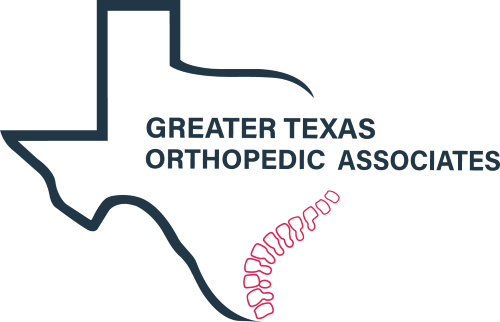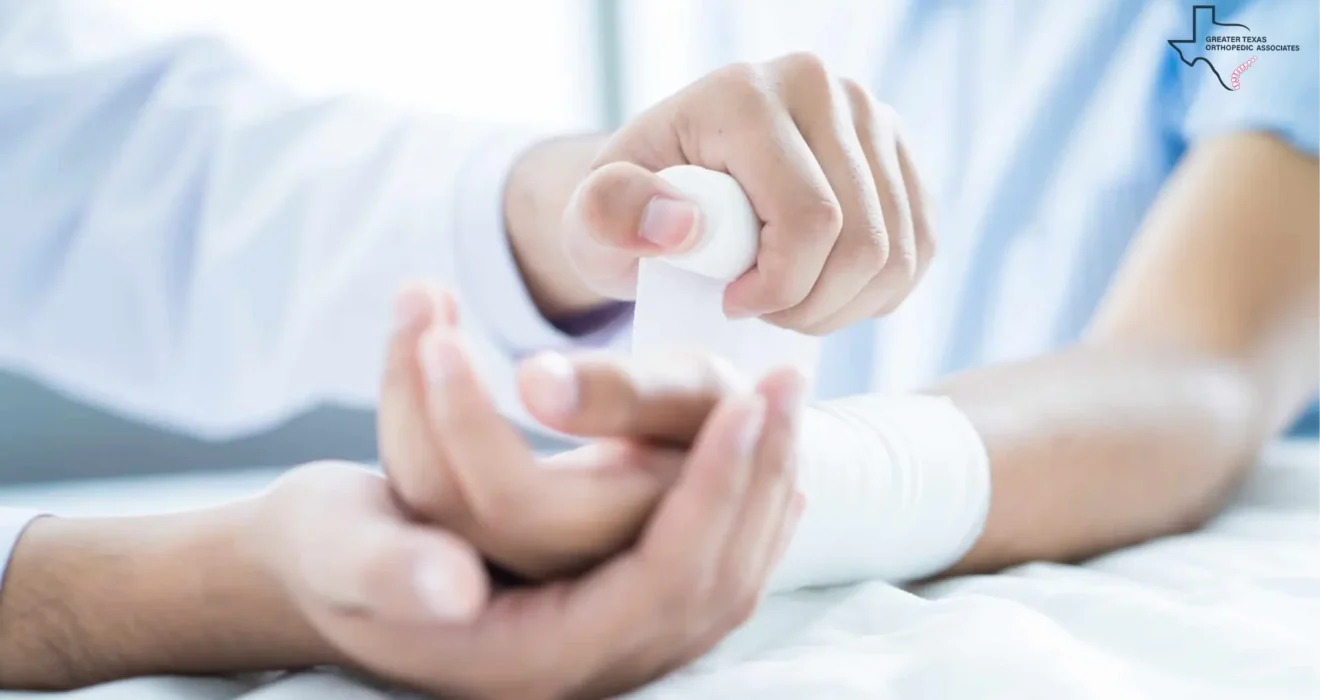Post-Accident Medical Checklist: Key Steps That Strengthen a Personal Injury Case
For individuals navigating the aftermath of an injury, the process often involves a stressful intersection of physical pain and complex legal uncertainty. For attorneys, the path to securing fair compensation relies fundamentally on comprehensive, consistent medical documentation.
A successful personal injury case hinges on a clear, documented connection between the accident and the sustained injuries. Therefore, executing a precise post-accident medical checklist is not merely a healthcare step but a critical component of an effective litigation strategy.
This guide provides a definitive medical checklist for attorneys and clients, outlining the non-negotiable medical and documentation personal injury claim steps necessary to solidify a case, proving causation, quantifying damages, and achieving a just resolution.
The Indispensable Role of Immediate Medical Intervention
The first actions taken following an injury set the foundation for both physical recovery and future legal viability. Shock and adrenaline commonly mask pain and hide serious symptoms like concussions, whiplash, internal bleeding, or soft tissue damage for hours, days, or even weeks after the incident. Delaying care poses a severe risk to long-term health and the integrity of personal injury case preparation.
Why Prompt Care is Non Negotiable
Seeking medical attention immediately, ideally within 24 to 72 hours, is essential. Delaying beyond this window creates an opening for insurance adjusters and defense attorneys to argue that the injuries were not serious, were pre-existing, or resulted from a subsequent, unrelated event.
The objectives of immediate care are threefold:
- Establishes Causation: The initial medical evaluation creates an official, direct link between the trauma of the accident and the injuries sustained. This critical documentation forms the foundation of the claim, strengthening the ability to pursue fair compensation.
- Identifies Hidden Trauma: Physicians trained in accident-related injuries are equipped to identify hidden issues like soft tissue damage, internal bruising, nerve damage, or spinal trauma that might not present obvious symptoms right away. Doctors use diagnostic tools such as X-rays, CT scans, and MRIs to detect these hidden injuries and aid in developing a clear treatment plan.
- Prevents Complications: Immediate post-accident care initiates pain management and stabilization using techniques such as anti-inflammatory medications, muscle relaxants, or immobilization (braces/splints) to prevent complications and allow healing to begin.
The Legal Consequences of Delayed Treatment
Skipping or delaying medical check-ups leads to detrimental legal consequences, weakening the overall personal injury case preparation. Insurance providers often scrutinize treatment timelines and may use gaps to dispute the claim’s legitimacy.
- Claim Denial or Reduction: Without thorough documentation of timely treatment, insurance companies may question the legitimacy of the injuries, potentially leading them to deny or significantly reduce financial compensation for medical expenses and lost wages.
- Argument of Exaggeration: If a victim fails to attend follow-up appointments, insurance adjusters often argue that the injuries were not severe or that the victim failed to mitigate (do their part to recover) the damages.
- Difficulty Proving Causation: Every day treatment is delayed, creating doubt regarding whether the injuries were directly caused by the accident. Clear, continuous medical records are essential to counter arguments that injuries are pre-existing or unrelated.
The Client Medical Steps After Crash: Essential Actions
A client’s strict compliance with medical advice and documentation protocols is scrutinized by opposing parties and is indispensable for successful personal injury claim steps. This post-accident medical checklist outlines the vital actions that must be strictly followed to protect both health and legal standing.
Acute Care and Initial Documentation
This phase establishes the foundational link between the accident and the injuries.
- Seek Emergency Evaluation Immediately (or within 72 Hours): Dial 911 or visit the emergency room/urgent care promptly, even if symptoms seem minor. Immediate attention helps rule out life-threatening issues like internal bleeding or fractures.
- Report All Symptoms Accurately: Provide the healthcare provider with a complete and accurate medical history, including all accident-related symptoms, no matter how minor. Be thorough and honest; do not downplay pain by saying things like “I’m fine” or “just a little sore,” as this can hurt your claim later.
- Insist on Comprehensive Diagnostic Testing: Ensure the provider utilizes necessary imaging (X-rays, CT scans, MRIs) to detect soft tissue damage, internal injuries, or spinal trauma. Objective test results provide hard evidence difficult for insurers to dispute.
- Follow All Treatment Orders: Adhere strictly to the doctor’s prescribed treatment advice, including taking medications and initiating stabilization measures. Inconsistent compliance can be used against you.
Ongoing Documentation and Tracking
To maximize recovery and compensation, ongoing, detailed documentation is key.
Attend All Follow Up Appointments: Do not skip scheduled visits or physical therapy sessions. Gaps in medical treatment significantly weaken the legal claim by allowing opponents to argue that the injury was not serious.
Maintain a Personal Injury Journal: Keep a detailed, daily log (diary) of symptoms, pain levels, emotional struggles (anxiety, sleep disturbances), and how injuries interfere with work, hobbies, and daily life functions. This journal helps quantify non-economic damages like pain and suffering.
Track Financial Losses: Meticulously document all financial losses, including bills, prescriptions, and receipts for all medical care, treatments, and necessary equipment. Also, document lost income, missed workdays, and potential income, substantiated by employer verification or pay stubs.
Regularly Photograph Injuries: Capture clear, time-stamped photos of all visible injuries (bruises, swelling, cuts) and document how they change over time.
The Medical Checklist for Attorneys: Transforming Care into Legal Evidence
For a personal injury lawyer, medical documentation is the primary source of legal evidence. The efficacy of personal injury case preparation relies on meticulous organization and presentation of these records to prove causation, calculate damages, and establish the need for continued care. The objective of a rigorous medical checklist for attorneys is to ensure every piece of evidence supports the client’s narrative.
Key Documentation Required for a Strong Claim
Attorneys must ensure the collection of a comprehensive medical history to establish the full extent of the damages.
- Detailed Diagnosis and Treatment Records: Secure copies of all physician notes, reports, diagnoses, treatment plans, surgeries, and medication records from every provider, starting from the emergency room visit.
- Objective Test Results: Collect all objective findings, including X-rays, MRIs, CT scans, and lab work, which provide clear, undisputed evidence of injuries like disc damage or spinal trauma.
- Progress Notes and Prognosis Reports: Obtain records showing how the client’s condition has progressed—or worsened—over time. Prognosis reports are vital for establishing the necessity and cost of long-term or future medical expenses.
- Evidence of Causation: Medical notes must clearly link the injuries directly to the incident date. Attorneys should leverage documentation to counter insurer arguments that injuries are related to pre-existing conditions.
- Compliance Documentation: Ensure records demonstrate the client consistently adhered to the prescribed care plan and attended all follow-up appointments, as lack of adherence will be used to argue against the severity of the claim.
The Necessity of Medical Expertise
The complexities of many accident-related injuries, such as spinal trauma, concussions, and chronic pain, demand specialized medical evaluation. Consulting specialists ensures a clear diagnosis and tailored treatment plan, which is essential for maximizing both recovery and compensation. The specialized reports they generate add valuable credibility to the claim.
In complex trauma cases, collaboration between multiple specialists often determines the success of treatment and the accuracy of the final medical report. When orthopedic, neurological, and pain management experts coordinate care, they create a comprehensive medical narrative that directly supports the attorney’s argument. This integrated approach also helps reduce misdiagnosis and ensures the client receives complete, holistic care.
Role of Key Specialists
Orthopedic Specialists: These specialists focus on the musculoskeletal system (bones, joints, ligaments, tendons, and muscles). They are critical for diagnosing and treating common traumatic injuries, including bone fractures, joint dislocations, and spinal injuries. Orthopedic services include comprehensive injury assessments and specialized care for musculoskeletal injury treatment.
Neurological Specialists (Neurology and Neurosurgery): Neurologists and Neurosurgeons specialize in disorders of the nervous system and are essential for cases involving trauma to the back, neck, or head.
Neurologists focus on non-surgical management, diagnosis, and treatment for conditions like Traumatic Brain Injuries (TBIs) and spinal disc injuries.
Neurosurgeons provide the corresponding surgical options and focus on brain and spine care.
Pain Management Specialists: Utilizing an interdisciplinary approach, these experts focus on easing suffering and improving the quality of life for patients with acute or chronic pain. Pain management treatments include targeted solutions for nerve, bone, and muscle injuries such as Epidural Steroid Injections (ESIs), joint injections, Medial Branch Blocks, and Radiofrequency Ablation (RFA).
Accurate documentation demands a level of medical-legal collaboration that specialty practices are uniquely equipped to provide. At GTOA, our multidisciplinary team includes orthopedic surgeons, neurologists, and pain management specialists with extensive experience in treating accident-related injuries. This collaborative structure ensures both effective recovery and the credible medical documentation attorneys rely on in court.
With over 70 years of combined experience, our team provides accurate diagnoses and effective treatments across multiple Texas locations, including Houston, Dallas, San Antonio, Arlington, Corpus Christi, and Beaumont. We deliver orthopedic evaluations for legal cases, detailed medical documentation, and advanced treatments for complex injuries including traumatic brain injuries.
As treatment progresses and documentation builds, continuity becomes the deciding factor between a well-supported case and one that falters under scrutiny. Long-term medical follow-up not only ensures sustained recovery but also strengthens the legal framework surrounding the claim.
Long-Term Monitoring and Personal Injury Claim Steps
The necessary personal injury claim steps extend well beyond initial stabilization. Long-term monitoring and consistent adherence to rehabilitation plans are crucial for demonstrating the ongoing impact of the injury and securing compensation for future needs.
Sustained Adherence to Treatment
Consistency throughout the rehabilitation phase is a major factor scrutinized by insurance companies. Injuries such as spinal trauma or soft tissue tears often require extended treatment timelines and more intensive protocols.
Active Rehabilitation: Physical therapy (PT) focuses on restoring mobility, function, and strength, and beginning PT as soon as medically safe helps restore range of motion and prevents long-term stiffness. Patients must attend all prescribed PT sessions, as skipping them suggests the injury is not severe.
Monitoring Chronic Symptoms: If chronic pain persists, follow-up care with a Pain Management specialist is necessary to implement targeted solutions like injections or nerve block therapies.
Addressing Mental Health: The emotional and psychological consequences of an accident, such as anxiety, depression, or PTSD, can be significant. Mental health specialists can provide care, and documentation of these effects is important for compensating non-economic damages.
Maximizing Compensation Through Final Documentation
Thorough, long-term documentation is crucial because the total value of a legal claim depends heavily on the extent and duration of medical treatment.
Establish Future Care Needs: Medical documentation helps establish the need for ongoing care and treatment by showing evidence of long-term impacts, which is necessary to cover future medical expenses.
Support Damage Calculations: The comprehensive records allow the attorney to accurately calculate how much compensation the victim is eligible to recover, covering current and future medical bills, lost wages, and pain and suffering.
Avoid Statute of Limitations Issues: While following up on medical care, clients and attorneys must remain aware of legal deadlines (statute of limitations) for filing a claim, which often ranges from two to four years, depending on the state.
The dedicated adherence to the client medical steps after crash and rigorous documentation provides the evidentiary backbone necessary for a powerful personal injury case preparation.
By diligently implementing this post-accident medical checklist, attorneys and clients collaborate effectively, securing the necessary treatment for recovery while simultaneously building an ironclad legal defense against common insurance tactics. This proactive, detail-oriented approach ensures that the medical records tell the full story of the injury, supporting a clear path to justice and fair compensation.
Ultimately, the intersection between medicine and law is not just procedural it’s human. Every accurate note, every diagnostic test, and every follow-up visit tells the story of a person’s pain, perseverance, and recovery. The stronger and clearer that story, the greater the likelihood of achieving both healing and justice.
At Greater Texas Orthopedic Associates (GTOA), we are dedicated to bridging the gap between medical treatment and legal support. Our mission is to provide accurate orthopedic evaluations, detailed documentation, and compassionate care that empower both patients and their attorneys. With decades of combined expertise, our specialists ensure that every case is supported by trusted medical evidence and effective treatment tailored to each individual’s recovery.





